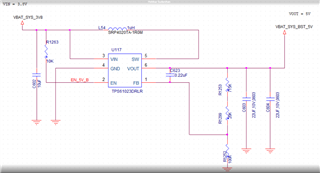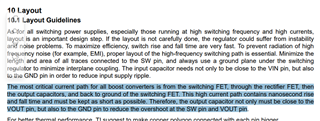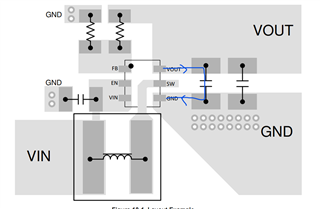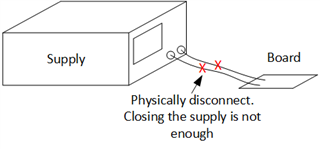Hi,
We are using TPS61023DRLR Boost regulator in one of our design. Below is the design requirement.
Vin = 2.7V to 4.2V
Vout : 5V
Max Vout current : 1.5A.
Regulator part Number : TPS61023DRLR
Inductor part Number : SRP4020TA-1R0M
issue Description : Observed 3.8V output instead of 5V
As per the datasheet recommendation; We should get the 5V output voltage for the below design . But we are getting 3.8V instead of 5V.
Kindly let us know; How we can resolve this issue and let me know your suggestion.









